Physical Address
304 North Cardinal St.
Dorchester Center, MA 02124
Physical Address
304 North Cardinal St.
Dorchester Center, MA 02124
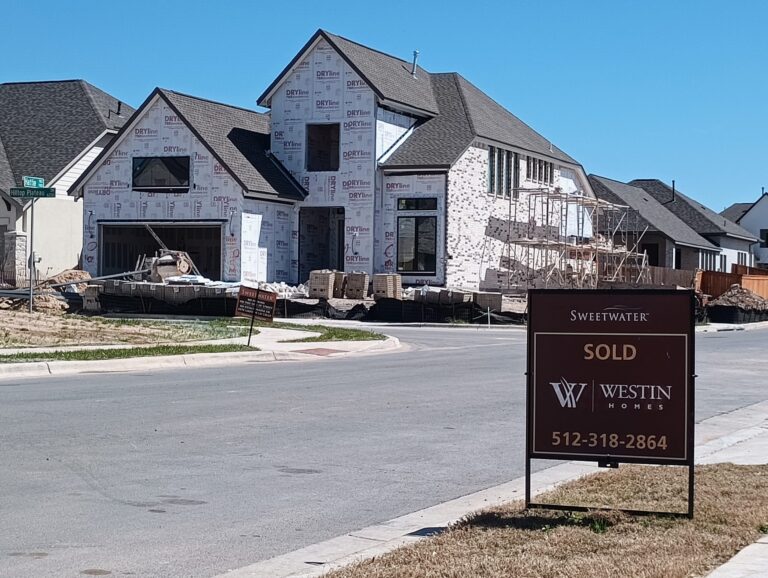
Kevin Erdmann offers a helpful corrective to the “YIMBY triumphalism” of claiming that large relative rent declines in Austin and Minneapolis are results of YIMBY policies. He’s mostly correct, especially about the rhetoric: arguing about housing supply from short term fluctuations is like arguing about climate change based on the week’s weather. Keep your powder dry, promise slow change and long-term stability, and recognize that demand shocks are responsible for most fluctuations. But Erdmann makes a stronger claim: Supply has never and will never cause a collapse of prices and rents. It causes stability. Is that true? In a case like Austin or Phoenix, sure: prices are not too far above the cost of construction, and abundant supply cannot (durably) push the price of new housing below the cost of construction. But YIMBY has more to offer to San Francisco, Auckland, or London. In those cases, prices are far above construction cost. That means that even when demand is relatively soft, there’s money to made in construction. As Erdmann allows: After a decade of more active construction in Auckland, rents appear to be 10% to 15% below the pre-reform trend. That’s a big win. After a decade. That’s what success looks like. That’s the promise – 5 to 15% relative rent declines, decade after decade. But there are several good reasons to believe this won’t happen in an even, steady pattern, at least not all the time. Hopefully by 2040 we’ll have data from several cases and be able to describe the dynamics of market restoration with much more confidence.
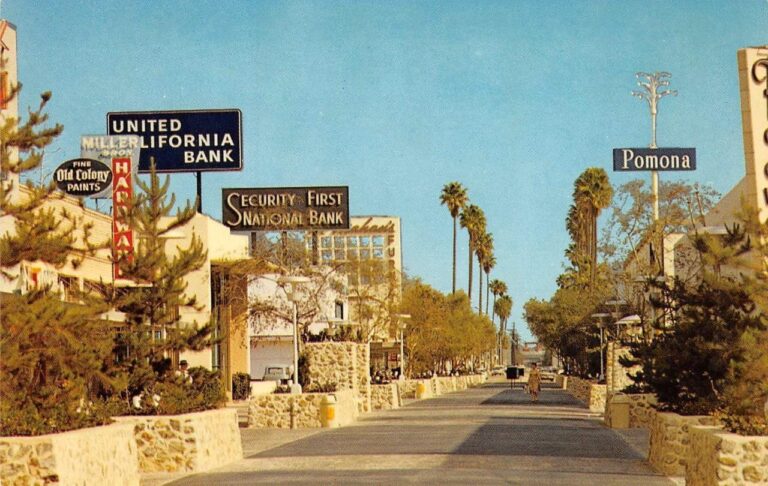
Urbanists love to celebrate, and replicate great urban spaces – and sometimes can’t understand why governments don’t: But what’s important to recall – especially for those of us under, uh, 41 – is that pedestrianized streets aren’t a new concept coming into style, they’re an old one that’s been in a three-decade decline. Samantha Matuke, Stephan Schmidt, and Wenzheng Li tracked the rise and decline of the pedestrian mall up to the onset of the pandemic. Even in the urbanizing 2000s and 2010s, 14 pedestrian malls were “demalled” against 4 streets that were pedestrianized: In a 1977 handbook promoting pedestrianization, Roberto Brambilla and Gianni Longo admit that some of the earliest “successes” had already failed: In Pomona, California, the first year [1962] the mall received nationwide press coverage as a successful model of urban revitalization; there was a 40 percent increase in sales. But the mall was slowly abandoned by its patrons, and now, after fifteen years of operation, it is almost totally deserted. A Handbook for Pedestrian Action, Roberto Brambilla and Gianni Longo, p. 25 One obvious reason for the failure of many other pedestrianized streets is that they were too little, too late. The pedestrian mall was one of several strategies against the overwhelming ebb tide of retail from downtowns in the postwar era. They weren’t seen as alternatives to driving, but destinations for drivers, who could park in the new, convenient downtown lots that replaced dangerous, defunct factories. A minority of the postwar-era malls survived. The predictors of survival are sort of obvious in hindsight: tourism, sunny weather, and lots of college students, among other things. Some of the streets which were “malled” and “demalled” have rebounded nicely in the 2000s. The slideshow below shows Sioux Falls’ Phillips Avenue in 1905, 1934, c. 1975, and 2015. The […]
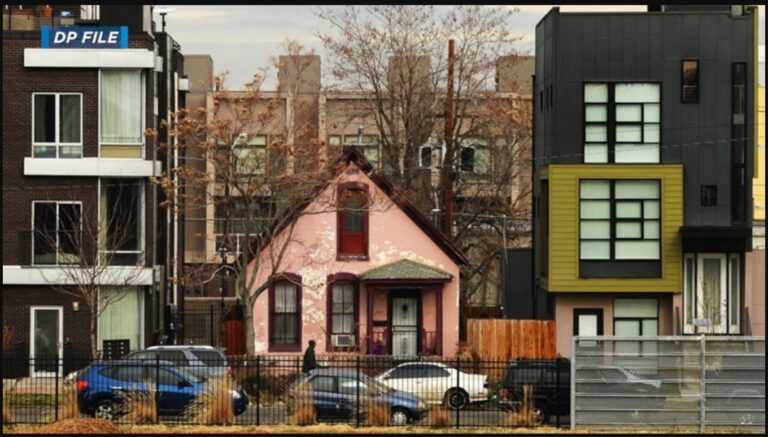
In many cities, poor people occupy valuable urban land close to downtown jobs, amenities, and transit. They can afford to live there because the housing stock in inner areas is usually older. If it hasn’t been completely renovated, the result can be quite cheap, even if the land is pretty valuable. In areas where there’s already some gentrification pressure, landlords face a timing problem: they can renovate (or sell to a developer) now, and cash out. Or they can hoard the property and wait until prices rise, supplying low-cost housing in the meantime. Land value taxes are specifically designed to penalize the hoard-and-wait approach by raising the annual tax cost of sitting on valuable land. It is specifically designed to accelerate neighborhood change. That’s the point. That’s what it says on the tin. Gentrification isn’t the only urban problem, and maybe it’s a small enough urban problem that a land value tax is a good idea anyway. But I think most of the benefits of Georgism can be unlocked with George-ish schemes (like renovation abatements or vacant land taxes) that are more narrowly designed.

Why are Max Holleran's book, Richard Schragger's law review article, and randos on Twitter all misinterpreting one important research article?

Rent control has devalued property so badly that you could make a million dollars by tearing down a nice 12-unit building in my neighborhood.
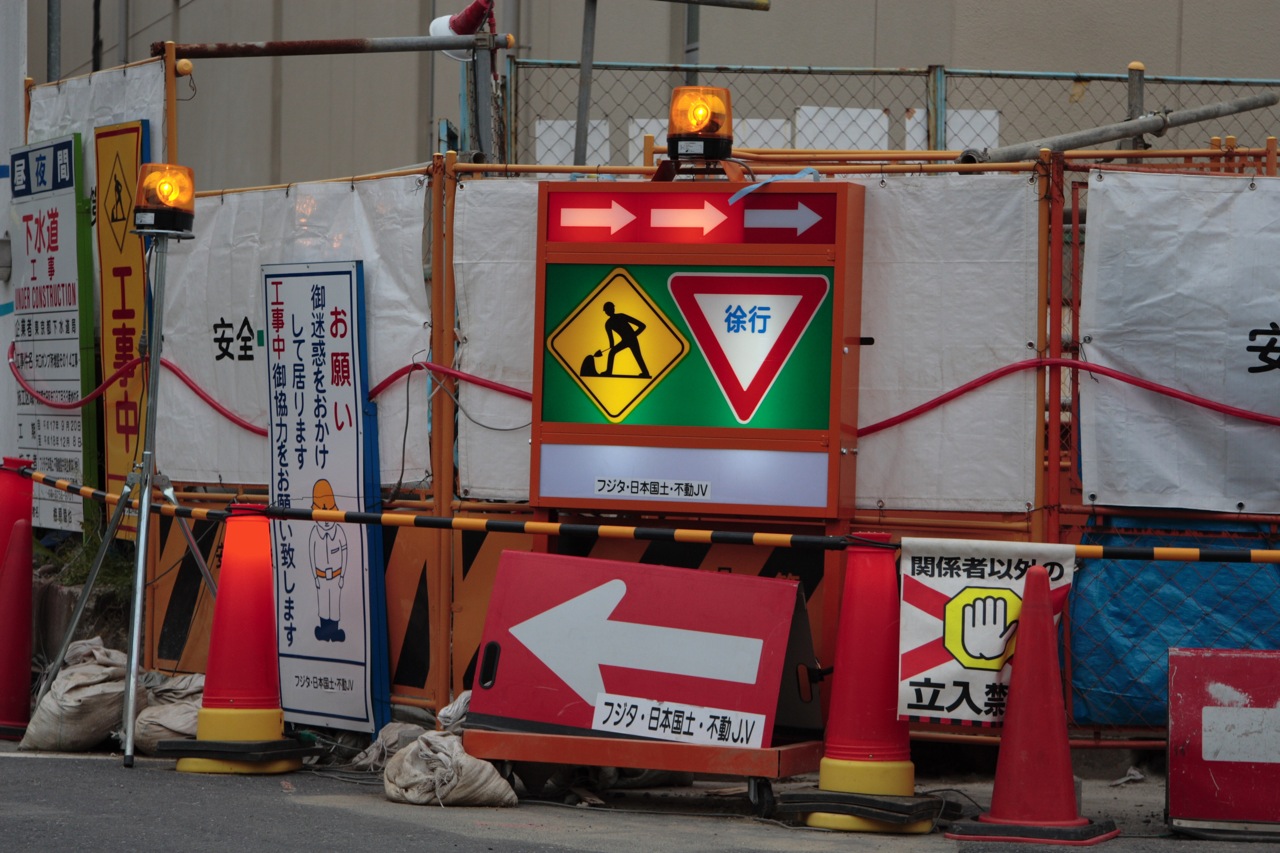
American YIMBYs point to Tokyo as proof that nationalized zoning and a laissez faire building culture can protect affordability. But a great deal of that knowledge can be traced back to a classic 2014 Urban Kchoze blog post. As the YIMBY movement matures, it's time to go books deep into the fascinating details of Japan's land use institutions.
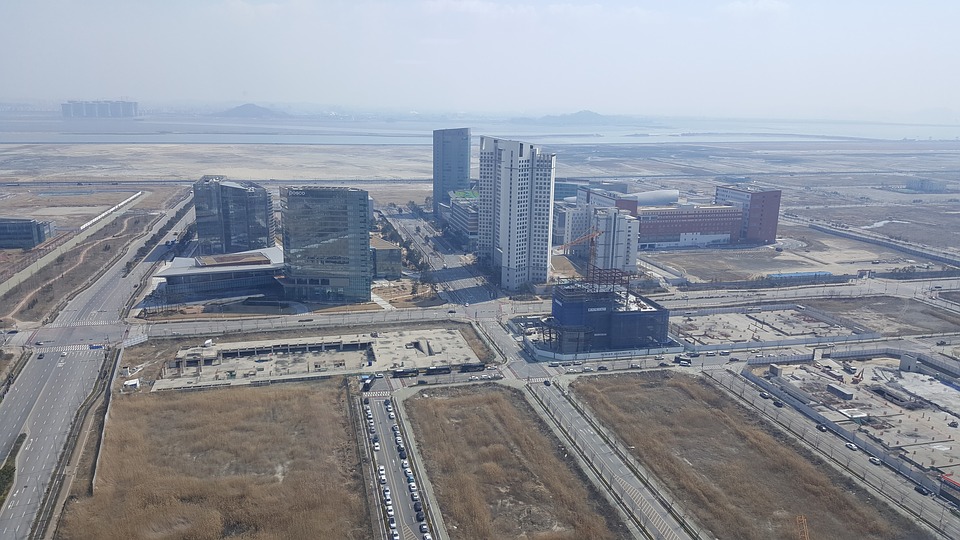
Urbanist and YIMBY Twitter had a field day dunking on Nathan J. Robinson, whose essay in his publication Current Affairs called for building new cities in California. But California really could use some new cities - and we need to think about them in primarily economic terms.
One argument I have run across recently is that the high cost of housing is caused by mysterious corporate investors are buying up real estate and forcing up the cost. The stupidest version of this argument is that investors are hoarding all the real estate. Why is it stupid? Because corporations like to make money, and a corporation that doesn’t sell or rent out real estate is making no money from it. A more sensible version of the argument is that the existence of investors adds demand for housing, and thus that their presence thus increases housing costs.* But even if this true, are these investors really a significant factor in the housing market? In today’s Washington Post, an article supplies data for 40 metro areas. If investors are really the problem, one might think that the most expensive metros have the highest investor share. But this is simply not the case. In San Francisco, only 6 percent of for-sale houses are being purchased by investors (about the same as the 2015 share). In metro New York and Los Angeles, that share is around 10-11 percent. The most investor-heavy markets are in growing, medium-cost Sun Belt markets like Atlanta (25 percent), Charlotte (25 percent), Jacksonville (22 percent) and Phoenix (21 percent). And within those markets, investors are not buying in the most expensive areas. In Atlanta, the highest investor shares are in the lower-income Southside, and low and moderate-income southern and western suburbs. In Jacksonville, the mostly lower-income Northside and the working-class Westside have higher investor shares than the more middle-class Southside. This pattern seems to hold in less investor-heavy metros as well: even though some affluent Manhattan zip codes have high investor shares, most of the high-investor zip codes are in East Harlem, the South Bronx, and other poor […]
In July, I showed that an otherwise careful group of researchers at the Othering and Belonging Institute were using a measure of statistical racial segregation that confounds diversity with segregation. Briefly, regions with more variety in the racial makeup of their neighborhoods will show up as statistically “segregated.” Regions where all neighborhoods are pretty similar will show up as statistically “integrated.” To their credit, the study authors corresponded with me at length and adjusted their Technical Appendix to emphasize limitations that I had pointed out. Today, Mark Zandi, Dante DeAntonio, Kwame Donaldson, and Matt Colyar of Moody’s Analytics released a much less careful study purporting to show the “macroeconomic benefits of racial integration.” But if one were to make the mistake of taking their study at all seriously it would lead one to the opposite conclusion: mostly-white counties do better economically. They discovered white privilege and mislabeled it “integration.” (When economists talk about “segregation” statistically, they mean differences in racial proportions across neighborhoods. This is not the same as the de jure segregation regime imposed in the American South. It’s not even the de facto segregation that persists in some neighborhoods today.) The easiest way to see Zandi et al’s mistake is to work backwards from the table of county results they (helpfully) published. The most integrated county in America, in their analysis, is Kennebec County, Maine. It’s 94.6% white. The rest of the most-integrated counties are similarly pallid – with the exception of Webb County, Texas, which is 95% Hispanic. In each of these counties, integration is a mathematical product of the lack of diversity. With hardly any minorities, hardly any neighborhood can diverge from the dominant group. These extreme counties aren’t an accident. Whereas most researchers treat metropolitan areas together, Zandi’s team worked with counties. Several of their […]
Charles Marohn’s recent article in The American Conservative on the evils of single-family zoning received over 200 comments. The most provocative responses were the ones forthrightly defending exclusion, on the grounds that renters are dangerous and must be excluded at all costs. For example, one person wrote: “People of all races also have a right to escape from uncivil society… Renters are entirely different in their outlook and practices than home owners in how one regards their neighborhood. For one it transactional, for the other its their dream and investment.” In other words, homeowners are better citizens, and thus must be protected from disorderly renters. What’s wrong with this argument? If you really believe homeowners are better citizens, you would want homeownership to be as cheap as possible, so that more people could become homeowners. For example, you would be positively eager to have small, cheap houses in homeowner zones, or even for-sale condos. But homeowners have a financial incentive to do the opposite: to make home ownership as scarce and expensive as possible, so they can sell their house for as much money as possible (or to use a common euphemism, to “build wealth”). And they usually favor zoning policies that do exactly that- that is, by excluding smaller, cheaper-to-build houses, inflate home prices and make homeownership unaffordable for many people. In other words, government can encourage home ownership as a source of alleged good citizenship, and can try to make home ownership a source of vast wealth- but it can’t do both. In the United States (and especially on the coasts) local government has chosen the latter path.